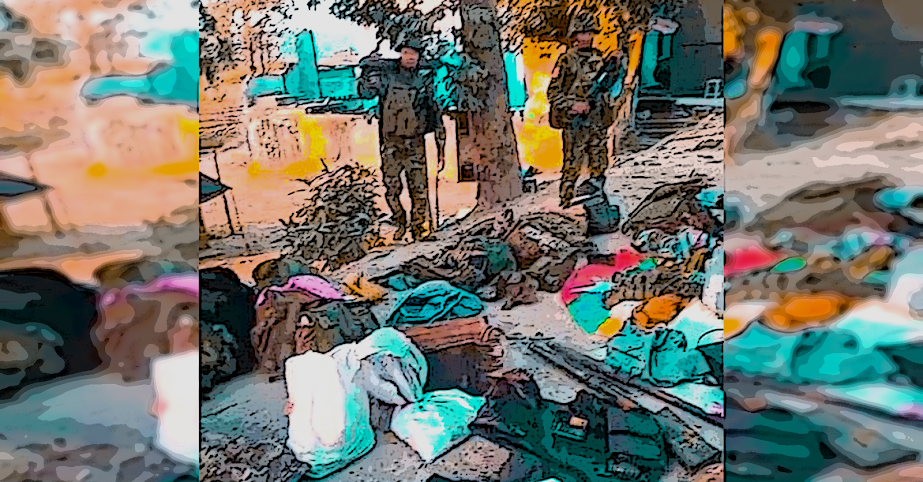Myanmar Spring Chronicle – January 21 by MoeMaKa Media:
KIA’s Strategic Moves in Northern Shan State
Amidst the complexities of the northern Shan State conflict, the Kachin Independence Army (KIA) has embarked on a strategic offensive, aiming to seize townships in the western regions bordering Sagaing Division. This move follows China’s exertion of pressure on three ethnic armed groups involved in city-seizure battles to agree to a ceasefire, prompting the KIA to target military bases and towns yet untouched by the Ta’ang National Liberation Army (TNLA) and Myanmar National Democratic Alliance Army (MNDAA).
The KIA’s operations in areas like Nam Hpat Kar, Mabein, and Mongmit in Kutkai Township, as well as Hpakant in Kachin State, are significant, particularly in regions historically designated as the Kachin Substate by the British. The KIA’s motive appears to extend beyond military considerations, possibly involving an aspiration to govern areas inhabited by the Kachin people in northern Shan State.
While the TNLA, MNDAA, and the Arakan Army (AA) pursue their operations in northern Shan State, the KIA’s stance and potential negotiations with other armed groups remain unclear. The KIA, part of the Federal Political Negotiation and Consultative Committee (FPNCC), faces questions about its relationship with the ongoing operations.
China’s response to the KIA’s offensives is another critical aspect, considering the complex ties between the KIA and China. Being headquartered on the China border, the KIA relies on China for essential supplies such as food, medicine, and weapons. How the KIA navigates potential pressure from China will significantly shape the course of its operations.
Of strategic importance is the KIA’s current focus on areas like Mongmit and Mabein in Shan State, bordering the upper part of Sagaing. If successfully dominated, these areas would expand territorial connectivity, challenging the military council’s stronghold. The potential connection of seized areas in Northern Shan, Upper Sagaing, and Chin State could strategically pressure the military council and pose a threat to cities like Monywa and Mandalay.
Speculations arise about the simultaneous conduct of military activities in the northeast, central, and western regions, with the possibility of cutting off military council troops in northern Myanmar’s Kachin state from the lower part. The emergence of territorial boundaries and east-west connections among anti-military council armed forces holds strategic significance.
Drawing parallels to the Ho Chi Minh Route during the Vietnamese War, which served as a crucial supply communication route for communist forces, Myanmar’s strategic highways and rivers play a pivotal role. The anti-military council forces’ ability to connect east and west, facilitating the transport of manpower and weapons, remains a crucial aspect in the evolving conflict.
The unfolding dynamics among armed forces and those opposing the military council present an intriguing landscape, raising questions about the extent of strategic discussions in their collective pursuit against the military junta.

